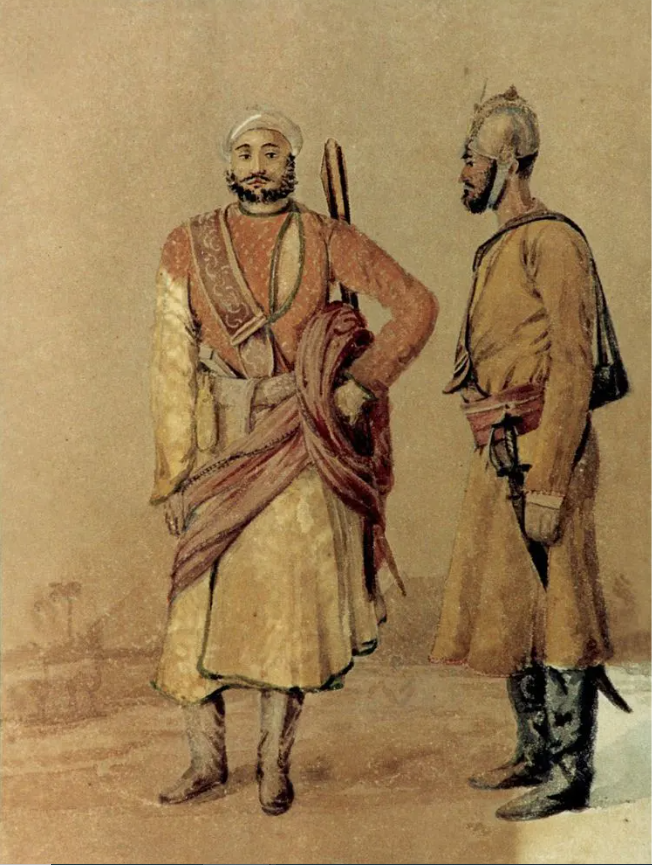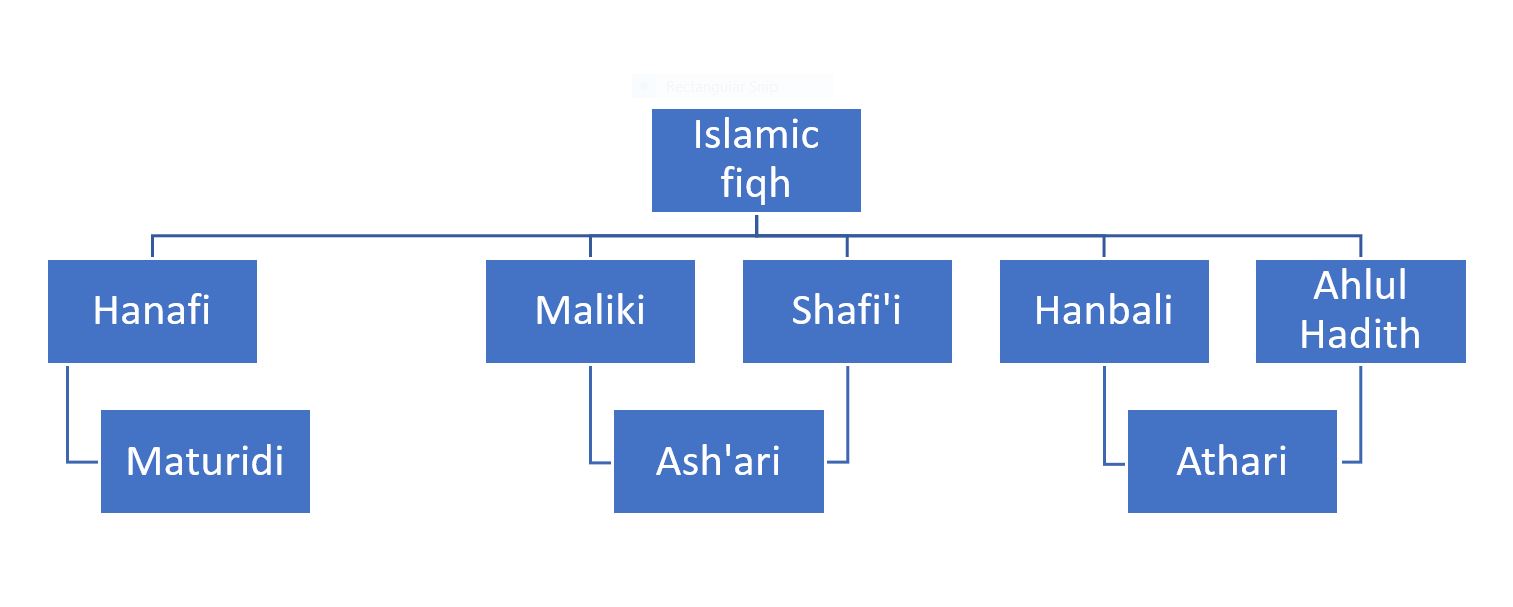|
Government Of The Mughal Empire
The government of the Mughal Empire was a highly centralised bureaucracy, most of which was instituted during the rule of the third Mughal emperor, Akbar. The central government was headed by the Mughal emperor; immediately beneath him were four ministries. The finance/revenue ministry was responsible for controlling revenues from the empire's territories, calculating tax revenues, and using this information to distribute assignments. The ministry of the military (army/intelligence) was headed by an official titled ''mir bakhshi'', who was in charge of military organisation, messenger service, and the ''mansabdari'' system. The ministry in charge of law/religious patronage was the responsibility of the ''sadr as-sudr,'' who appointed judges and managed charities and stipends. Another ministry was dedicated to the imperial household and public works. Provinces The empire was divided into a number of ''subahs'' (provinces), each of which was headed by a provincial governor call ... [...More Info...] [...Related Items...] OR: [Wikipedia] [Google] [Baidu] |
Mughal Empire
The Mughal Empire was an early-modern empire that controlled much of South Asia between the 16th and 19th centuries. Quote: "Although the first two Timurid emperors and many of their noblemen were recent migrants to the subcontinent, the dynasty and the empire itself became indisputably Indian. The interests and futures of all concerned were in India, not in ancestral homelands in the Middle East or Central Asia. Furthermore, the Mughal empire emerged from the Indian historical experience. It was the end product of a millennium of Muslim conquest, colonization, and state-building in the Indian subcontinent." For some two hundred years, the empire stretched from the outer fringes of the Indus river basin in the west, northern Afghanistan in the northwest, and Kashmir in the north, to the highlands of present-day Assam and Bangladesh in the east, and the uplands of the Deccan Plateau in South India. Quote: "The realm so defined and governed was a vast territory of some , ra ... [...More Info...] [...Related Items...] OR: [Wikipedia] [Google] [Baidu] |
Sarkar (administrative Division)
Sarkar ( hi, , ur, , pa, ਸਰਕਾਰ, bn, সরকার also spelt Circar) is a historical administrative division, used mostly in the Mughal Empire. It was a division of a Subah or province. A sarkar was further divided into Mahallas or Parganas. The Sarkar system was replaced in the early 18th century by the Chakla system. See also * Northern Circars The Northern Circars (also spelt Sarkars) was a division of British India's Madras Presidency. It consisted of a narrow slip of territory lying along the western side of the Bay of Bengal from 15° 40′ to 20° 17′ north latitude, in the pre ..., the five individual districts making up a former division of British India's Madras Presidency * Rajamundry Sarkar, one among the Northern Circars * Pakhli, an ancient sarkar now part of Hazara, Pakistan * Pakhal Sarkar, an area of Mansehra district in Khyber Pakhtunkhwa, Pakistan References Subdivisions of the Mughal Empire Former subdivisions of Bangladesh< ... [...More Info...] [...Related Items...] OR: [Wikipedia] [Google] [Baidu] |
Fatawa 'Alamgiri
Fatawa 'Alamgiri, also known as Al-Fatawa al-'Alamgiriyya ( ar, الفتاوى العالمگيرية) or Al-Fatawa al-Hindiyya ( ar, الفتاوى الهندية), is a 17th-century sharia based compilation on statecraft, general ethics, military strategy, economic policy, justice and punishment, that served as the law and principal regulating body of the Mughal Empire, during the reign of the Mughal emperor Muhammad Muhiuddin Aurangzeb Alamgir.Jamal Malik (2008), Islam in South Asia: A Short History, Brill Academic, , pp. 194-197 It subsequently went on to become the reference legal text to enforce Sharia in colonial south Asia in the 18th century through early 20th century,David Arnold and Peter Robb, Institutions and Ideologies: A SOAS South Asia Reader, Psychology Press, pp. 171-176 and has been heralded as "the greatest digest of Muslim law made in India". Outline Fatawa-e-Alamgiri was the work of many prominent scholars from different parts of the world, including Hej ... [...More Info...] [...Related Items...] OR: [Wikipedia] [Google] [Baidu] |
Al-Hidayah
''Al-Hidayah fi Sharh Bidayat al-Mubtadi'' (d. 593 AH/1197 CE) ( ar, الهداية في شرح بداية المبتدي, ''al-Hidāyah fī Sharḥ Bidāyat al-Mubtadī''), commonly referred to as ''al-Hidayah'' (lit. "the guidance", also spelled ''Hedaya''Charles Hamilton (trans.) ''The Hedaya: Commentary on the Islamic Laws'' (Delhi) 1994 (2nd Edition 1870)), is a 12th-century legal manual by Burhan al-Din al-Marghinani, which is considered to be one of the most influential compendium of Hanafi jurisprudence (''fiqh''). It has been subject of numerous commentaries. The book played a key role in the development and amalgamation of Islamic and British law known as ''Anglo-Muhammadan law''. History and significance The author, Shaykh al-Islam Burhan al-Din al-Farghani al-Marghinani (d.593AH/1197CE), was considered to be one of the most esteemed jurists of the Hanafite school. Al-Hidayah is a concise commentary on al-Marghinani's own compendium ''al-Bidayat al-mubtadi'', which was ... [...More Info...] [...Related Items...] OR: [Wikipedia] [Google] [Baidu] |
Hanafi
The Hanafi school ( ar, حَنَفِية, translit=Ḥanafiyah; also called Hanafite in English), Hanafism, or the Hanafi fiqh, is the oldest and one of the four traditional major Sunni schools ( maddhab) of Islamic Law (Fiqh). It is named after the 8th century Kufan scholar, Abu Hanifa, a Tabi‘i of Persian origin whose legal views were preserved primarily by his two most important disciples, Imam Abu Yusuf and Muhammad al-Shaybani. It is considered one of the most widely accepted maddhab amongst Sunni Muslim community and is called the ''Madhhab of Jurists'' (maddhab ahl al-ray). The importance of this maddhab lies in the fact that it is not just a collection of rulings or sayings of Imam Abu Hanifa alone, but rather the rulings and sayings of the council of judges he established belong to it. It had a great excellence and advantage over the establishment of Sunni Islamic legal science. No one before Abu Hanifa preceded in such works. He was the first to solve the c ... [...More Info...] [...Related Items...] OR: [Wikipedia] [Google] [Baidu] |
Muhtasib
A muḥtasib ( ar, محتسب, from the root ''ḥisbah'', or "accountability"Sami Zubaida (2005), Law and Power in the Islamic World, , pages 58-60) was "a holder of the office of al-hisbah in classical Islamic administrations", according to Oxford Islamic Studies. Also called ''‘amil al-suq'' or ''sahib al-suq'', the ''muḥtasib'' was a supervisor of bazaars and trade, the inspector of public places and behavior in towns in the medieval Islamic countries, appointed by the sultan, imam, or other political authority. His duty was to ensure that public business was conducted in accordance with the law of sharia. ''Hisbah'', the office and root of ''muḥtasib'', is an Islamic doctrine referring to "enjoining good and forbidding wrong" of shariah law, and "by extension, to the maintenance of public law and order and supervising market transactions". But whether muḥtasibs devoted themselves to ''hisbah'' frequently or vigorously in every region of the Muslim world, or foc ... [...More Info...] [...Related Items...] OR: [Wikipedia] [Google] [Baidu] |
Mufti
A Mufti (; ar, مفتي) is an Islamic jurist qualified to issue a nonbinding opinion ('' fatwa'') on a point of Islamic law (''sharia''). The act of issuing fatwas is called ''iftāʾ''. Muftis and their ''fatwas'' played an important role throughout Islamic history, taking on new roles in the modern era. Tracing its origins to the Quran and early Islamic communities, the practice of ''ifta'' crystallized with the emergence of the traditional legal theory and schools of Islamic jurisprudence ('' madhahib''). In the classical legal system, fatwas issued by muftis in response to private queries served to inform Muslim populations about Islam, advise courts on difficult points of Islamic law, and elaborate substantive law. In later times, muftis also issued public and political fatwas that took a stand on doctrinal controversies, legitimized government policies or articulated grievances of the population. Traditionally, a mufti was seen as a scholar of upright character who ... [...More Info...] [...Related Items...] OR: [Wikipedia] [Google] [Baidu] |
Qadi
A qāḍī ( ar, قاضي, Qāḍī; otherwise transliterated as qazi, cadi, kadi, or kazi) is the magistrate or judge of a ''sharīʿa'' court, who also exercises extrajudicial functions such as mediation, guardianship over orphans and minors, and supervision and auditing of public works. History The term ''qāḍī'' was in use from the time of Muhammad during the early history of Islam, and remained the term used for judges throughout Islamic history and the period of the caliphates. While the ''muftī'' and '' fuqaha'' played the role in elucidation of the principles of Islamic jurisprudence (''Uṣūl al-Fiqh'') and the Islamic law (''sharīʿa''), the ''qāḍī'' remained the key person ensuring the establishment of justice on the basis of these very laws and rules. Thus, the ''qāḍī'' was chosen from amongst those who had mastered the sciences of jurisprudence and law. The Abbasid caliphs created the office of "chief ''qāḍī''" (''qāḍī al-quḍāh''), ... [...More Info...] [...Related Items...] OR: [Wikipedia] [Google] [Baidu] |
Fiqh
''Fiqh'' (; ar, فقه ) is Islamic jurisprudence. Muhammad-> Companions-> Followers-> Fiqh. The commands and prohibitions chosen by God were revealed through the agency of the Prophet in both the Quran and the Sunnah (words, deeds, and examples of the Prophet passed down as hadith). The first Muslims (the Sahabah or Companions) heard and obeyed, and passed this essence of Islam to succeeding generations ('' Tabi'un'' and '' Tabi' al-Tabi'in'' or successors/followers and successors of successors), as Muslims and Islam spread from West Arabia to the conquered lands north, east, and west, Hoyland, ''In God's Path'', 2015: p.223 where it was systematized and elaborated Hawting, "John Wansbrough, Islam, and Monotheism", 2000: p.513 The history of Islamic jurisprudence is "customarily divided into eight periods": El-Gamal, ''Islamic Finance'', 2006: pp. 30–31 *the first period ending with the death of Muhammad in 11 AH. *second period "characterized by personal interp ... [...More Info...] [...Related Items...] OR: [Wikipedia] [Google] [Baidu] |
Police Chuprasi, Delhi
The police are a constituted body of persons empowered by a state, with the aim to enforce the law, to ensure the safety, health and possessions of citizens, and to prevent crime and civil disorder. Their lawful powers include arrest and the use of force legitimized by the state via the monopoly on violence. The term is most commonly associated with the police forces of a sovereign state that are authorized to exercise the police power of that state within a defined legal or territorial area of responsibility. Police forces are often defined as being separate from the military and other organizations involved in the defense of the state against foreign aggressors; however, gendarmerie are military units charged with civil policing. Police forces are usually public sector services, funded through taxes. Law enforcement is only part of policing activity. Policing has included an array of activities in different situations, but the predominant ones are concerned with the pres ... [...More Info...] [...Related Items...] OR: [Wikipedia] [Google] [Baidu] |
Shahjahanabad
Old Delhi or Purani Dilli is an area in the Central Delhi district of Delhi, India. It was founded as a walled city named Shahjahanabad in 1648, when Shah Jahan (the Mughal emperor at the time) decided to shift the Mughal capital from Agra. The construction of the city was completed in 1648, and it remained the capital of the Mughal Empire until its fall in 1857, when the British Raj took over as paramount power in India. It was once filled with mansions of nobles and members of the royal court, along with elegant mosques and gardens. It serves as the symbolic heart of metropolitan Delhi and is known for its bazaars, street food, shopping locations and its Islamic architecture; Jama Masjid being the most notable example, standing tall in the midst of the old city. Only a few havelis are left and maintained. Upon the 2012 trifurcation of the Municipal Corporation of Delhi, Old Delhi became administered by the North Delhi Municipal Corporation History The site of ''Sha ... [...More Info...] [...Related Items...] OR: [Wikipedia] [Google] [Baidu] |









